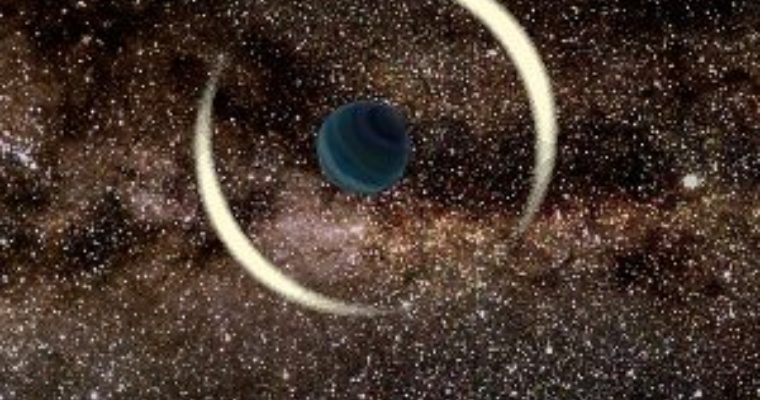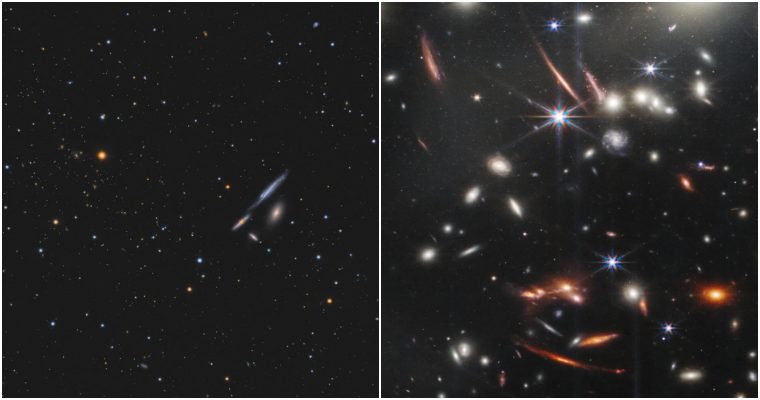A team of British and American researchers used the Hubble and Spitzer space telescopes to better understand a peculiar and now unique planet, the WASP-39b. The object is a warm Saturn, which means that it is about the same size as the ringed planet here in the Solar System, but orbiting much closer to its star.

The observations revealed that, although the researchers expected to see water, they were surprised by how much water they found. In fact, the atmosphere of this exoplanet is three times richer in water than that of Saturn. This peculiar fact suggests that this particular planet must have formed away from its main star, where comets and icy asteroids collided with it and then migrated into the system.
“WASP-39b shows that exoplanets may have compositions that are very different from those in our solar system,” said David Sing of Exeter University. “I hope this diversity we see in exoplanets gives us clues to discover all the different ways a planet can form and evolve,” he concluded.
The exoplanet is located 700 light-years away in the constellation Virgo, and is 7 million kilometers from its star, which is about twenty times closer than the Earth is from the Sun. The side facing the star reaches a temperature of 776.7 ° C. This proximity also gives the WASP-39b an unusual look. It has the mass of Saturn, but is so swollen that it is larger than Jupiter.
Crucially for these observations, the warm atmosphere is free of high-altitude clouds. The researchers were able to examine the planet and gather information about water. Without this, the team could not rebuild their probable training.
The team hopes that when the James Webb Space Telescope is up and running next year, they can do even better analysis. Studying carbon and oxygen, for example, will allow a better understanding of where and how the planet formed. [ IFLS ]








